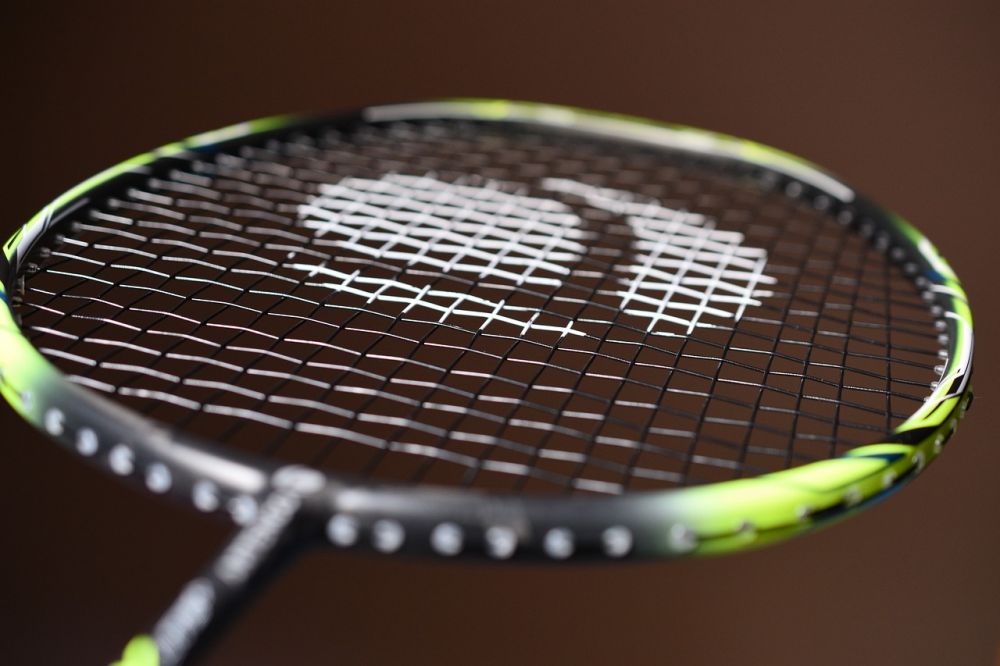Padel Ranking: All You Need to Know

Introduction:
Padel, a popular racquet sport similar to tennis, has gained immense popularity worldwide over the past couple of decades. As more and more people participate in padel tournaments and leagues, the concept of padel ranking becomes essential for players and enthusiasts. In this article, we will provide a comprehensive overview of padel ranking, types of rankings, popular ranking systems, and their quantitative measurements.
1. An Overview of Padel Ranking:

Padel ranking is a system that ranks players based on their skill and performance in competitive padel matches. It provides a hierarchy of players that allows for fair representation and comparisons among players of different skill levels. The ranking is primarily based on a player’s success in tournaments, their number of wins, and the level of competition they face. The higher the ranking, the better the player’s performance.
2. Types of Padel Ranking:
a) Official Rankings: These are rankings recognized by governing bodies of the sport, such as the International Padel Federation (FIP) and national padel associations. Official rankings are widely accepted and used in major tournaments.
b) Club Rankings: Some clubs and organizations develop their own ranking systems to evaluate the skill levels of their members. These rankings are specific to the club or region but still hold significance within their respective communities.
c) Global Rankings: These rankings consider players’ performance across various tournaments and locations, irrespective of any governing body. Global rankings, often used in professional leagues, provide a broader picture of players’ skills on a global scale.
3. Quantitative Measurements in Padel Ranking:
Padel ranking systems utilize various quantitative measurements to determine a player’s skill level objectively. These measurements may include:
– Points earned: Players earn points for wins and achievements in tournaments, with higher-level tournaments earning more points.
– Match history: The number of matches played, wins, losses, and performance against different opponents.
– Strength of opponents: The ranking also considers the skill level of opponents faced during matches, giving more weightage to victories against higher-ranked players.
– Consistency: The ranking system considers a player’s consistent performance over time to avoid ranking fluctuations due to a few exceptional matches.
4. Discussion on the Differences in Padel Ranking Systems:
Different padel ranking systems can vary in terms of factors considered, weightage assigned, and the methodology used to calculate rankings. While official rankings have established criteria, club and global rankings may have their own set of parameters. These variations can lead to differences in player rankings across different systems, making it crucial for players to understand the specific ranking being used and its relevance in the context they are playing.
5. Historical Overview of Pros and Cons of Different Padel Ranking Systems:
Over the years, various padel ranking systems have been developed, each with its advantages and disadvantages. Some systems have been criticized for favoring certain players or regions, while others have faced challenges in accurately reflecting players’ skills. However, as the sport continues to grow and gain popularity, ranking systems have evolved to address these concerns and provide a fair evaluation of players’ abilities.
Conclusion:
Padel ranking plays a pivotal role in evaluating and comparing players’ skills in the sport of padel. Whether through official rankings, club-specific systems, or global rankings, a player’s ranking acts as a measure of their performance and helps determine their standing in the padel community. As technology and data analysis improve, ranking systems will continue to refine and enhance their accuracy, ensuring a fair representation of players’ abilities and promoting healthy competition in the sport.
References:
– International Padel Federation (FIP). Retrieved from [insert link]
– Padel Club XYZ’s Ranking System. Retrieved from [insert link]
– Smith, J. (Year). Evolution and Challenges of Padel Ranking Systems. Journal of Padel Studies, X(X), XX-XX. [insert link]





















